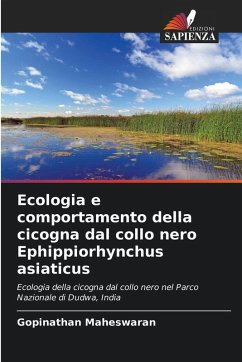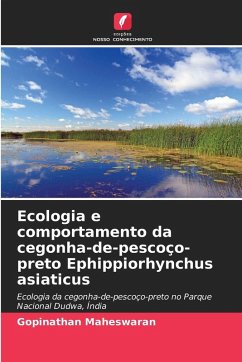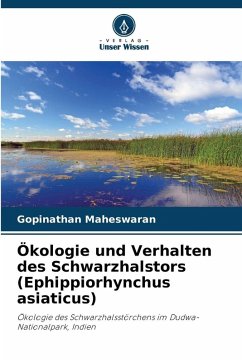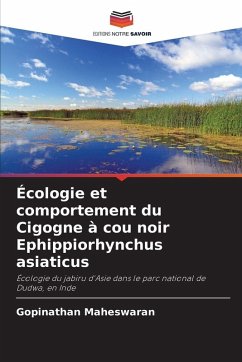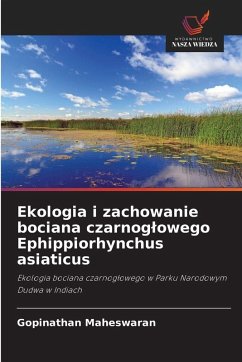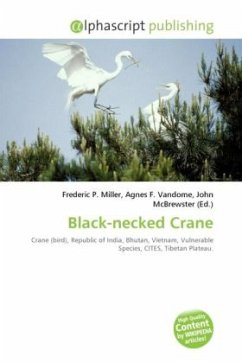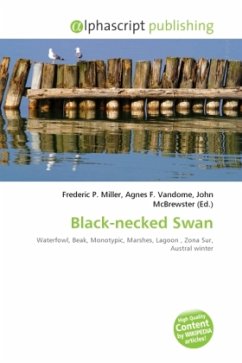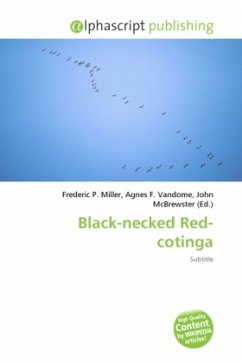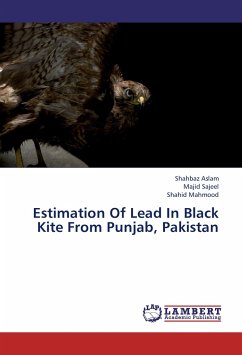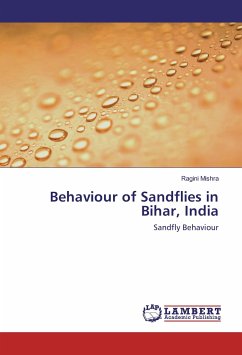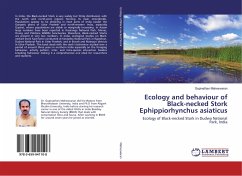
Ecology and behaviour of Black-necked Stork Ephippiorhynchus asiaticus
Ecology of Black-necked Stork in Dudwa National Park, India
Versandkostenfrei!
Versandfertig in 6-10 Tagen
27,99 €
inkl. MwSt.

PAYBACK Punkte
14 °P sammeln!
In India, the Black-necked Stork is very widely but thinly distributed, with the north and north-west regions forming its main strongholds. Populations appear to be declining in most parts of India except the Gangetic plains of Uttar Pradesh and north-western India, especially Gujarat, where populations are stable or marginally increasing. In Assam large numbers have been reported in Kaziranga National Park, Manas, Orang and Pobitara Wildlife Sanctuaries. Elsewhere, Black-necked Storks are present in very low numbers. In India, ecological studies on Black-necked Stork have been conducted at Ke...
In India, the Black-necked Stork is very widely but thinly distributed, with the north and north-west regions forming its main strongholds. Populations appear to be declining in most parts of India except the Gangetic plains of Uttar Pradesh and north-western India, especially Gujarat, where populations are stable or marginally increasing. In Assam large numbers have been reported in Kaziranga National Park, Manas, Orang and Pobitara Wildlife Sanctuaries. Elsewhere, Black-necked Storks are present in very low numbers. In India, ecological studies on Black-necked Stork have been conducted at Keoladeo National Park in Rajasthan, Dudwa National Park in Uttar Pradesh, and in Etwah and Mainpuri districts in Uttar Pradesh. This book deals with the stork's behaviour studied over a period of around three years in northern India especially on the foraging behaviour, activity pattern, inter- and intra-species interaction besides breeding behaviour making it a comprehensive one ideal for researchers and students.



